With the cost of vegetables on the rise and the convenience of having fresh produce at home, you may have considered starting your own garden this year. Below are some fast-growing, guinea pig-friendly vegetables you may want to try out.
Any food you intend for your guinea pig should be thoroughly researched, but in this case, you should also be aware of how and where to plant, what garden products are safe to use, how to harvest and prepare, and appropriate serving sizes and frequencies for your cavy.

Lettuce
As one of the most common veggies for humans and guinea pigs, lettuce already has a lot going for it. When you add in how easy it is to grow, the different varieties, and how quickly you can grow more, lettuce is a go-to choice. Most lettuce varieties mature in 30–55 days, though loose leaf and butterhead lettuce can technically be harvested at any time, and heading varieties typically take two to three months to fully develop.
Keep in mind that lettuce (and many other vegetables) cannot germinate above a certain temperature, so account for germination time in your planning. Place lettuce seeds about ¼ inch deep, tamp them down, and water. They should be spaced according to the needs and directions for whichever variety you have chosen. One of the best parts about lettuce is that you can break off leaves as you need them, and the plant will continue to grow more.
Disclaimer: Not all lettuce is safe to eat!
To find out more about what kinds of leafy greens and lettuce are safe, check out out our blog about what leafy greens your guinea pig can eat!
Spinach
Of all the vegetables on this list, spinach may be the neediest of them all. Unlike most vegetables, spinach prefers neutral to alkaline soil and needs plenty of fertilizer. You should begin by having a soil test for a lime recommendation and mixing two to four inches of compost into your garden soil. Starting spinach off in all the ideal conditions is key to its ability to thrive, and with a week of good temperatures, the seeds should germinate.
Because keeping the spinach seeds moist and cool is vital, many gardeners use a fiber row cover over their spinach rows. Once the seedlings appear, irrigation tubing can be used to lift the cover off the plants while still providing cover from the hot sun. Between 30 and 45 days after planting, your spinach should be fully matured and ready to harvest. Be sure to pick your spinach often since the leaves turn bitter once they are mature.
Sunflower Shoots
Sunflower shoots are a popular type of microgreen which is easy to care for and fast-growing. Microgreens are small, leafy vegetables harvested after the cotyledon leaves, or the embryonic leaves first appear from a germinated seed.
Microgreens are a great option for guinea pigs since they are nutrient-dense with vitamins such as vitamin A, vitamin C, and vitamin D, as well as iron, oxalate acid, and phosphorus, plus they are low in sugar. The seed has all these nutrients to grow the plant for the foreseeable future, so harvesting the plant early means the nutrient level is four to 40 times that of a mature plant.
Most types of microgreens are ready to be harvested in 10-28 days, but sunflower shoots are often ready in just 12! The shoots are easily grown in large trays with a moist growing medium and are ready for harvest once the shoots have appeared and two, healthy leaves have grown out of the top.
Radishes
Radishes are another guinea pig-friendly vegetable that can are quickly and easily grown in your garden. With seeds that germinate quite rapidly, you should begin seeing leafy green shoots within three to five days of planting.
One bonus to growing radishes is that they don’t require a specific season to be planted, but a 15° temperature range instead. Radishes tend to grow best between 50°F and 65°F, so when deciding the best time to plant, you should look up the average temperatures in your area throughout the year.
Radish seeds should be sown about one inch apart, with each row one foot apart in a sunny, well-tilled area. The seeds’ required planting depth is dependent on the radish variety, so be sure to read the labeling. With regular weeding, thinning if necessary, and plenty of water, your radishes will be ready to harvest in around 3 weeks!
Scallions
Disclaimer: Scallions bulbs (white part) should NEVER be fed to guinea pigs. It is only safe for guinea pigs to consume the green tops.
Although many people generally consider scallions to be the same as onions, they are actually different vegetables. Onions and scallions are indeed related, but where onions have a large, full-blown bulb at harvest and take up to five months to reach harvest, scallions lack a full bulb and are ready to harvest in just a couple of weeks.
When sowing seeds directly in your garden, choose a location in full sun where onions were not grown before. Sowing the seeds lightly in rows one to two feet apart is ideal and after the seedlings emerge seven to 14 days later, they should be thinned to about two inches apart. Although scallions can continue to grow for several months, you should have enough growth to cut off the tops within three to four weeks.

Preparing Veggies for your Guinea Pig
All of your guinea pigs’ vegetables should be carefully washed, just as you would for your own meals. Different veggies will require different methods of preparation, but most will need to be cut into smaller sizes to reduce the risk of choking.
Lettuce: Lettuce is one of the most common veggies given to guinea pigs, so, fortunately, the preparation can be made easy. After washing your chosen variety of lettuce thoroughly, you can choose if and how much you would like to cut it up for your pig. Some owners choose to leave the lettuce in entire leaves, while others prefer to remove the stalk and cut the lettuce leaves into small squares. If you choose to leave your veggies in larger pieces, be sure to monitor your guinea pig while eating to ensure they don’t choke.
Spinach: When preparing spinach for your guinea pig, you should begin by removing the stalks since they are fibrous, stringy, and have a bitter taste. Leafy vegetables like spinach are sometimes prone to having dirt, debris, or even insects on them, so be sure to wash the leaves well. You may choose to cut the leaves into smaller pieces, though your cavy should be fine if you prefer to keep the leaves intact.
Sunflower Shoots: Because sunflower shoots are characterized by a thin, spindly shoot with two leaves on top, they shouldn’t need much preparation. Much like clover, your cavy’s sharp teeth will easily take care of this vegetable. Just ensure the shoots have been washed to remove any dirt or debris before serving to your pig.
Radishes: Although both the root and the leafy tops of radishes are edible, your guinea pig may have a preference for one or the other. Regardless of their preferred part of this vegetable, a radish should be washed and cut into small cubes, or large slices to reduce the risk of your guinea pig choking. It is optional to remove the skin of the radish, as some guineas may enjoy the vegetable more that way.
Scallions: Thanks to the narrow and thin shape of scallions, preparing them for your guinea pig is quick and easy. You should cut the bulb end of the plant off, as it is not safe for your guinea pig to eat. After thoroughly washing, you can cut the scallions into sections approximately one inch in length, or choose to let your guinea pig eat them as they are.
If you want to see how we prepare some other veggies for Tofu and Dumpling in depth, make sure to check out our all about veggies blog!

Safe Garden Products
The safest gardening products are going to be those that natural products, pet-safe, and or organic. This will ensure that your veggies don’t absorb dangerous chemicals that could harm your guinea pig. Additionally, many of these natural products can help you grow organic (grown and processed using no synthetic fertilizers or pesticides), which is healthier for your guinea pig.
Natural Pesticides: Many household ingredients can be used as a natural pesticide in your garden without the toxic chemicals of commercial products. Some examples of natural insecticides include vegetable oil and mild soap, vegetable oil and garlic, neem oil, diatomaceous earth, and vegetable oil and chile pepper.
Non-toxic/ pet-safe: Any garden products you choose to purchase from a store should be thoroughly researched and listed as non-toxic and or pet-safe. These products should, in theory, be harmless to your guinea pig if minute amounts are ingested.
Natural Fertilizers: The idea of natural fertilizers leads most people to think of animal manure, but there are actually countless other options if manure isn’t right for you. Ingredients such as bone meal, fish meal, blood meal, alfalfa meal, kelp, and compost are natural, safe options for fertilizing your garden.
Unsafe Garden Products
In the same way that some products are beneficial and safe for the garden you grow for your guinea pig, some products, namely pesticides and fertilizers, could potentially poison your cavy. Each year, approximately 5.6 billion pounds of herbicides, fungicides, and insecticides are used throughout the world, and approximately 20 million tons of fertilizer are used in the United States alone.
Not only are these chemical compounds harmful to their intended recipients, but also innocent, unintended parties such as humans, pollinators, and potentially anyone consuming products exposed to pesticides.
If you ever notice your guinea pig having difficulty breathing, pawing at their mouth, excessively salivating, or even collapsing, they may have come in contact with a toxic chemical pesticide or fertilizer. You should rush your cavy to an emergency veterinarian as soon as possible, and inform the staff of any products your guinea pig may have been exposed to.
Tip: When you give your guinea pigs fresh veggies, make sure to keep your floors clean by using our GuineaDad Liners! This makes clean up a lot easier :)
If you liked this article, check out our blog all about creating a DIY self growing pasture!






















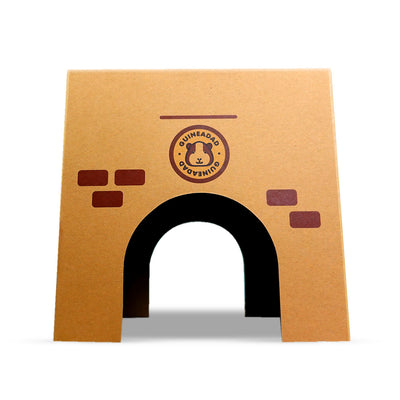
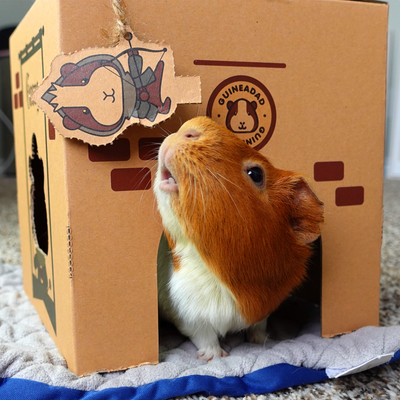

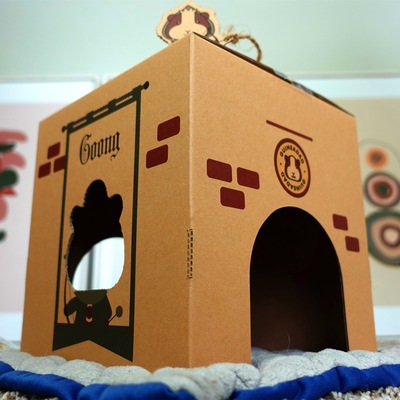
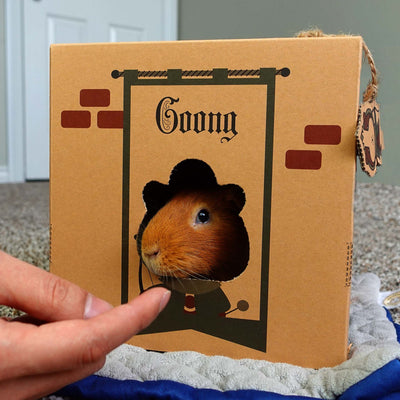



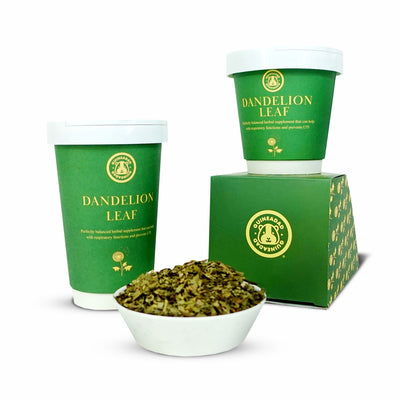
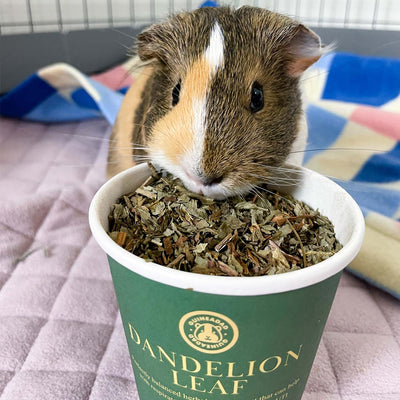
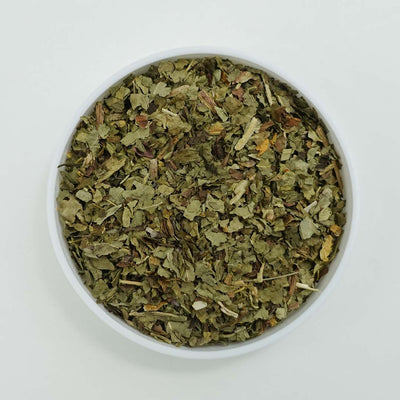
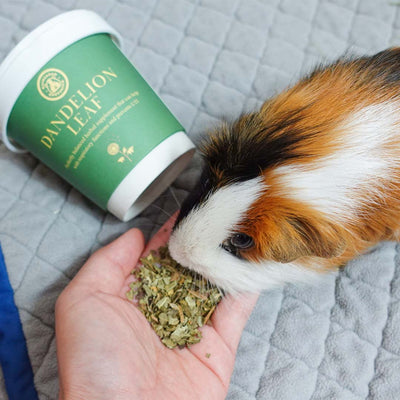

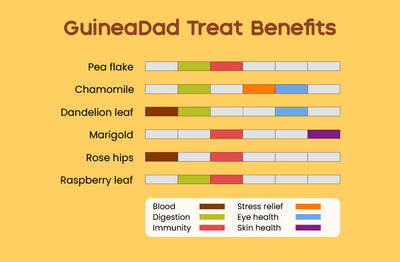
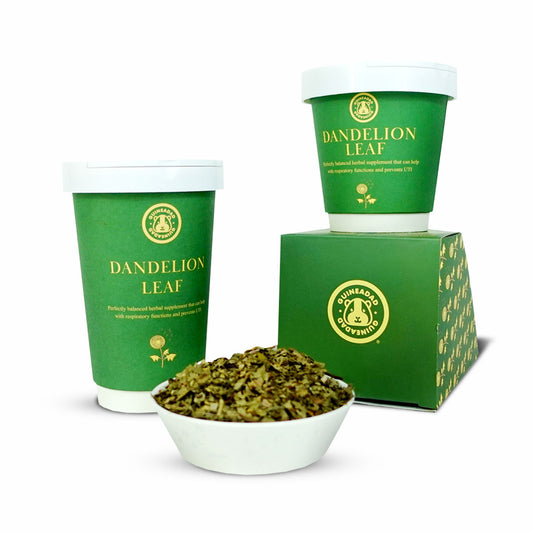

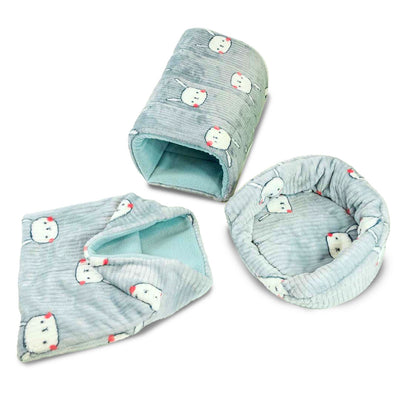

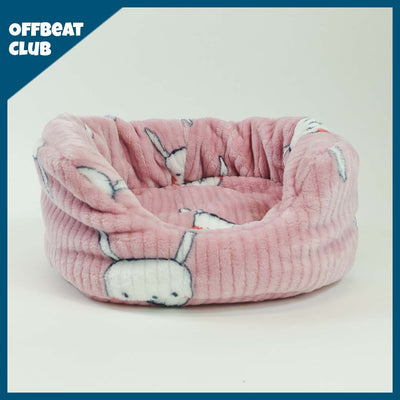
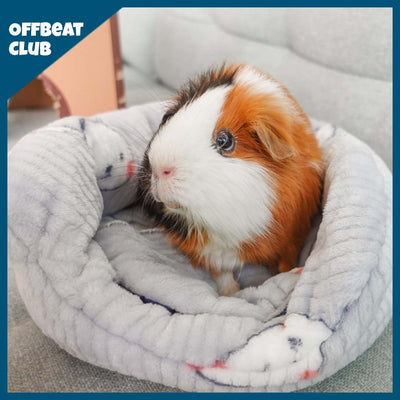

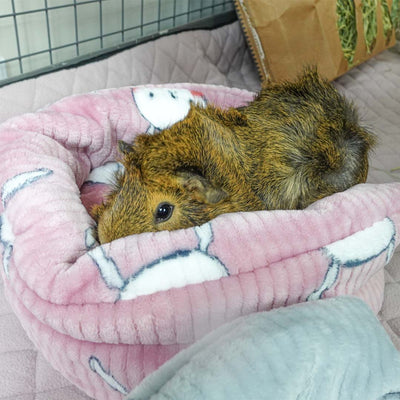

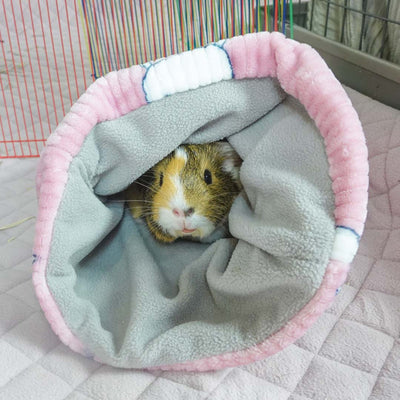

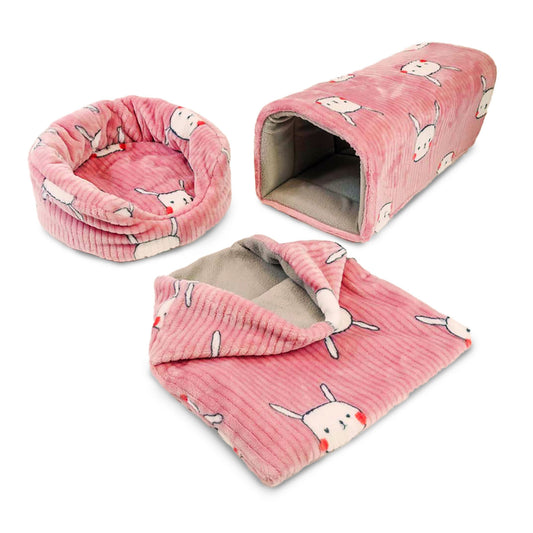


1 comment
Great info! Is there a blog about weeds that are safe for guinea pigs?